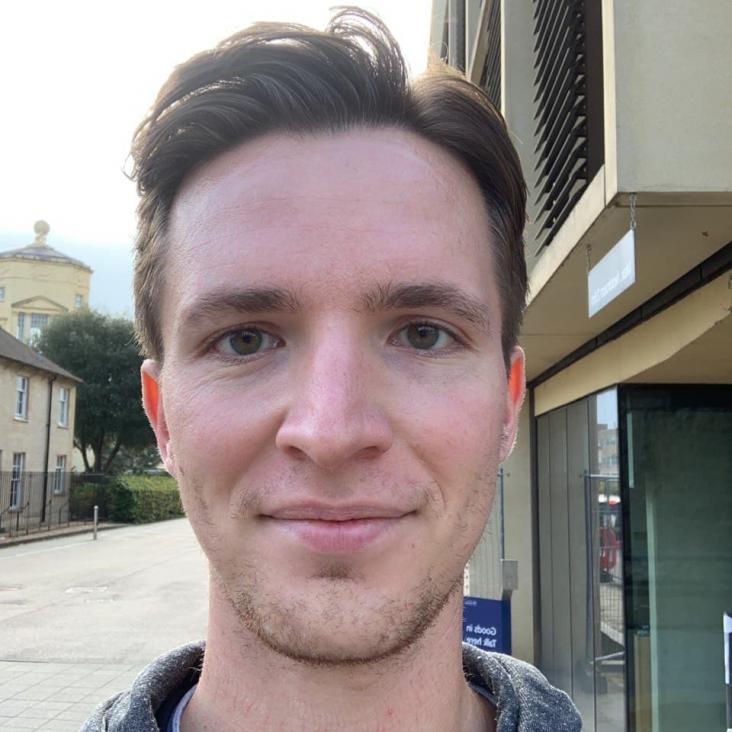Buried interface molecular hybrid for inverted perovskite solar cells
Nature Springer Nature (2024)
Abstract:
Perovskite solar cells (PSCs) with an "inverted" architecture are a key pathway for commercializing this emerging photovoltaic technology due to the better power conversion efficiency (PCE) and operational stability as compared to the "normal" device structure. Specifically, PCEs of the inverted PSCs have exceeded 25% owing to the development of improved self-assembled molecules (SAMs)1-5 and passivation strategies6-8. Nevertheless, poor wettability and agglomerations of SAMs9-12 will cause interfacial losses, impeding further improvement in PCE and stability. Herein, we report on molecular hybrid at the buried interface in inverted PSCs by co-assembling a multiple carboxylic acid functionalized aromatic compound of 4,4',4''-nitrilotribenzoicacid (NA) with a popular SAM of [4-(3,6-dime-thyl-9H-carbazol-9-yl)butyl]phosphonic acid (Me-4PACz) to improve the heterojunction interface. The molecular hybrid of Me-4PACz with NA could substantially improve the interfacial characteristics. The resulting inverted PSCs demonstrated a record-certified steady-state efficiency of 26.54%. Crucially, this strategy aligns seamlessly with large-scale manufacturing, achieving the highest certified PCE for inverted mini-modules at 22.74% (aperture area: 11.1 cm2). Our device also maintained 96.1% of its initial PCE after more than 2,400 hours of 1-sun operation in ambient air.All-Optical Assessment of Perovskite Thin-Films and Half-Stacks by Coupling Time-Resolved PL with Bayesian Inference
Fundacio Scito (2024)
Stability of narrow bandgap lead-tin perovskite material and photovoltaic devices
Fundacio Scito (2024)
DATASET FOR: Disentangling the origin of degradation in perovskite solar cells via optical imaging and Bayesian inference.
University of Oxford (2024)
Abstract:
Here we deposit the data and code necessary to generate the analysis found in our work. We have included: Simulation output from drift diffusion simulations; Photoluminescence imaging data (in a semi-raw and processed format); Outputs from our Bayesian analysis combining the two; and a clone of the code (from our public git repo) used to generate the analysis.Exciton formation dynamics and efficient free charge-carrier transport in 2D perovskite semiconductors
Fundacio Scito (2023)


